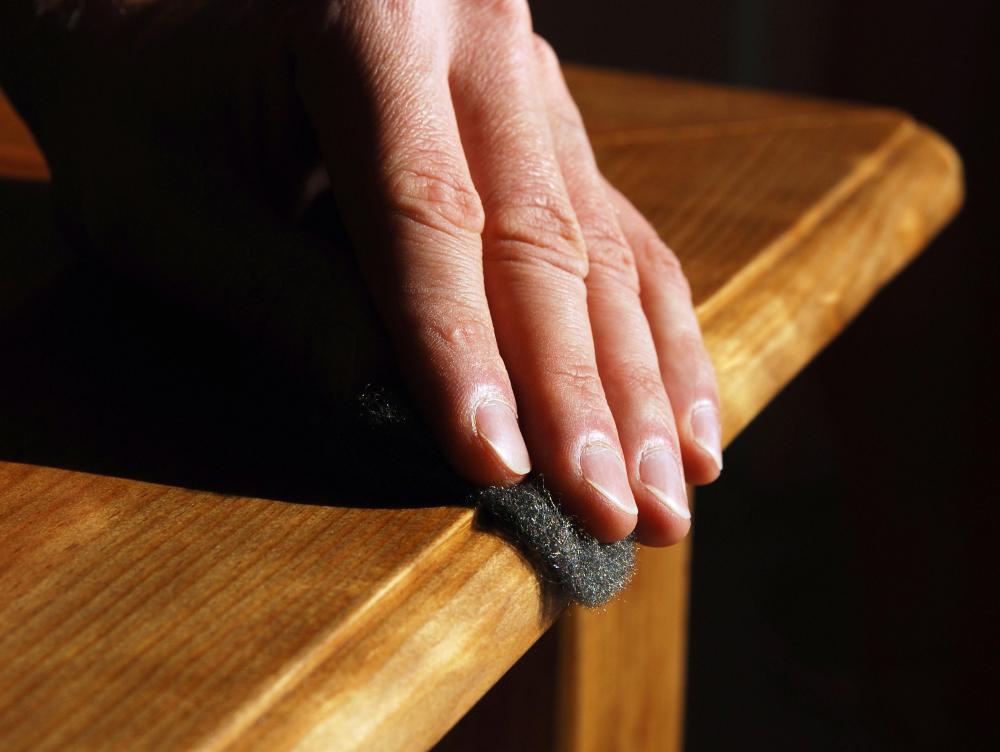At HomeQuestionsAnswered, we're committed to delivering accurate, trustworthy information. Our expert-authored content is rigorously fact-checked and sourced from credible authorities. Discover how we uphold the highest standards in providing you with reliable knowledge.
What are the Pros and Cons of an Epoxy Finish?
An epoxy finish is usually very durable and easy to clean, and is considered ideal for use on countertops and floors because it is both water-resistant and very difficult to scratch. Epoxy can withstand many different types of cleaning methods without losing its shine and luster. If properly applied, an epoxy finish may last many years without deteriorating, even when exposed to harsh environmental elements. One drawback associated with epoxy is that it is sometimes difficult to correctly apply, and if mistakes are made during application, it is time consuming to remove. Some types of epoxy may contain compounds that can pose health hazards during application.
Epoxy often takes much longer to apply than other types of finishes, and the process should never be hurried because errors in application often mean the entire piece will need to be redone. One of the key factors in achieving a durable epoxy finish is surface preparation. Before applying epoxy, the surface should be clean and completely dry. Lingering dampness can cause the epoxy to bubble, making it uneven and more likely to chip or crack. When working with porous surfaces such as wood, some experts recommend waiting 48 hours after cleaning before applying epoxy.

Most of the time, epoxy is applied by pouring it onto surfaces and allowing it to pool and level. If the surface has edges, they must be “dammed up” so the epoxy does not run off the sides. This process can take a lot of time, as narrow strips of wood will need to be attached on every edge of the piece. These pieces of wood should be attached so that they extend about 1 inch (2.5 cm) above the surface that will be receiving the epoxy. Once the epoxy has been poured and is completely dry, the temporary edgework can be removed.

Once the epoxy has dried, and the wood strips removed, there is still more work to be done. The edges that are created by the “damming” process are generally very sharp and will likely need to be sanded down. Sanding can be done by hand, but that is sometimes a very slow process. To speed up this step, it might be a good idea to rent an electric hand-held sander for the day.

Despite all the added preparation that is necessary to apply an epoxy finish, some people believe that the high sheen and durability are worth the extra effort. Most of the time, epoxy delivers much more shine than other types of oil or water-based varnish. Another benefit of epoxy is that is usually only requires one treatment, whereas varnish may require repeated coats to properly seal surfaces.
AS FEATURED ON:
AS FEATURED ON:













Discuss this Article
Post your comments